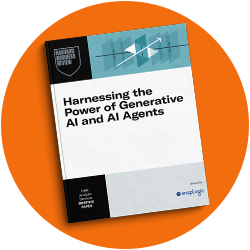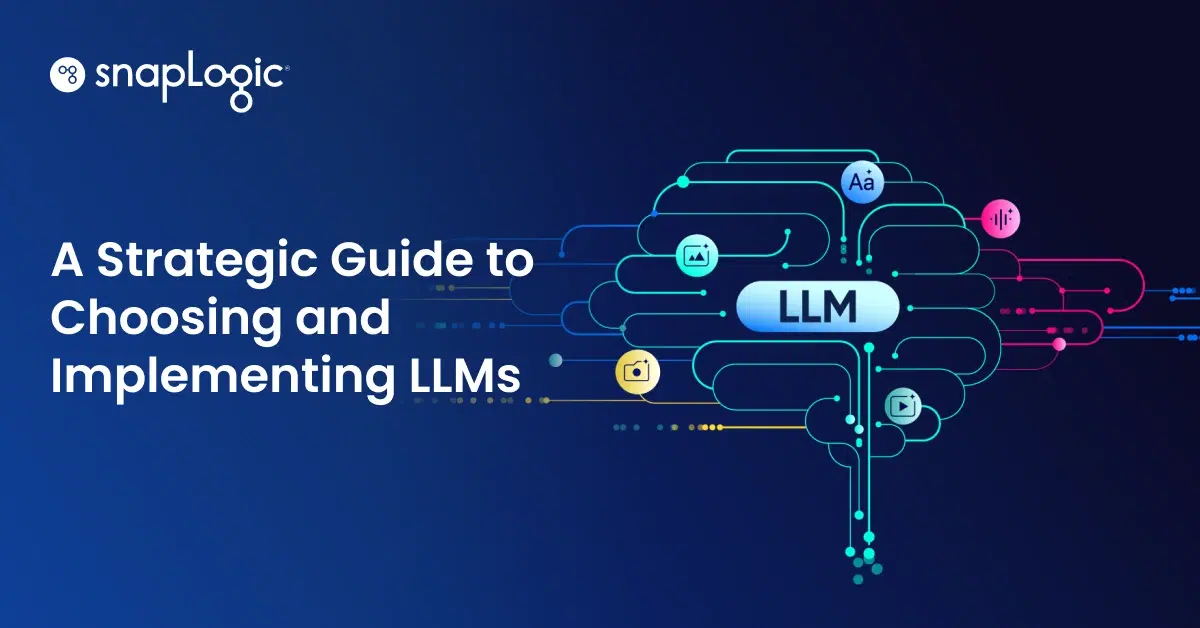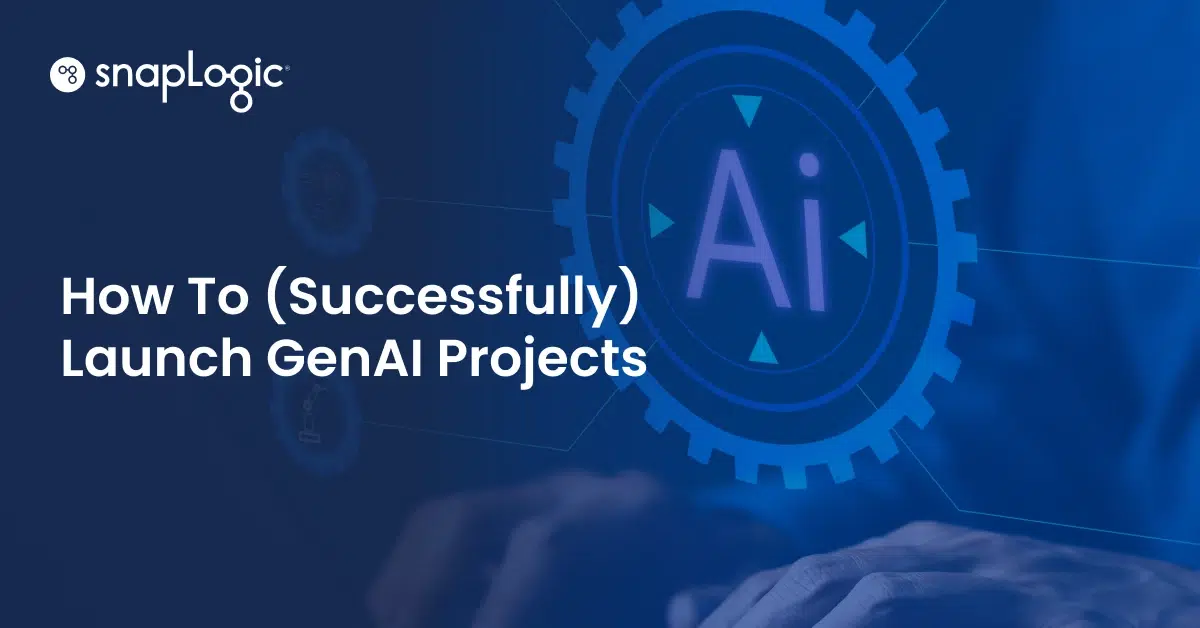Previously published on itbrief.com.au.
More and more, across the globe, the effects of global warming are being felt. Global movements like Extinction Rebellion have repeatedly caused disruption by protesting in cities around the world and are symbolic of the growing attention being paid to this important issue.
Despite the boom in public awareness, methods to combat the issue have been slow to develop – separating rubbish into recycling and general waste is as far as the majority of households go. More advanced technology, such as solar panels and wind turbines remain out of reach to many due to their high cost and space required for installation. However, another technology may have a far bigger impact in the fight against climate change.
The buzz around artificial intelligence (AI) has grown exponentially over the last decade and shows no signs of dissipating. The technology is being applied to a range of different applications from autonomous vehicles to advanced cybersecurity threat detection. Individuals in both the consumer and business spheres are now able to harness the power of AI to enrich their lives and work. The NSW Government will soon unveil their AI strategy to ensure the use of AI strikes the right balance between opportunity and risk.
Could AI help to turn the tide in the fight against climate change?
Advanced analytics
Predictive analytics is one of the most common applications of AI and has helped propel this technology to center stage. Through the analysis of countless data sources, AI has been able to generate insights into the future. With the climate crisis, AI has the power to augment weather predictions, which can help national grids address changes in renewable energy.
With data provided from weather stations around the world, measuring wind speed, air pressure, temperature, and many other data points, AI can then identify patterns and give a holistic view of how our planet is changing. It has taken decades of human-led research to identify climate change, confirm it is actually taking place, and research the causes and effects, which has slowed down our response. AI can take a holistic, 360-degree view of more information than ever before, taking into account countless ecological variables, far beyond what any human can comprehend. Therefore, armed with AI, patterns can be identified that may otherwise have been missed, giving a highly accurate view of the current state of the planet.
For example, with AI and machine learning-based algorithms that identify tropical cyclones, hurricanes, and other weather conditions, the potential for damage could be reduced. Early warnings with accurate predictions about strength and timing can allow agile, more effective responses helping to protect those affected areas, and in some cases, could save lives.
This brings to the fore the issue of AI transparency – how AI comes to a recommendation is just as important as the recommendation itself. Until transparency is available for every single decision made by AI, researchers and scientists leading the fight against global warming may be cautious to back any AI-led or AI-recommended decision. To ensure complete confidence in the technology, decision-makers need to have a full picture of how conclusions have been made.
For example, if they only use data from Australia, rather than globally, decisions may be heavily biased and findings cannot be generalized to the rest of the world. To do this, technologists will need to equip themselves with the tools to organize, integrate, and analyze data. The ‘explainable AI movement’ is a great example of this, helping to promote visibility around machine learning techniques, enabling experts to ascertain and show the causes of climate catastrophes ensuring that public trust is not broken.
The need for power
As with most transformative technologies, AI has the power to harm to the same degree that it may help. The CEO of semiconductor giant Applied Materials recently stated at a conference in San Francisco that by 2025, data centers would account for 25% of the world’s energy usage. While currently only using 2%, without substantial investment in developing new materials, designs, and chips, the amount of electricity data centers consume will continue to grow exponentially. The reasoning behind this dark prediction is in part due to energy-consuming AI chips that need to be fed with massive amounts of data, causing power to be used in greater quantities and faster than ever before.
But could we leverage AI and ML to help minimize and even reduce these new technologies’ own inefficiencies and environmental costs? Google was able to reduce the cost of cooling its data center thanks to a DeepMind AI project which resulted in a 40% cut in energy usage, not only increasing its energy efficiency and reducing its emissions but also improving the energy efficiency of Google’s cloud customers as well.
The project resulted in a more efficient framework, helping Google’s experts to better understand the dynamics of the data center and enhance efficiency. They used historical data taken from sensors in the data center and trained deep neural networks to predict the future Power Usage Effectiveness (PUE). They used these networks to predict future temperatures and pressures of the site, simulating the recommended actions from the PUE model to ensure the data center was running as efficiently as possible. The ML system proved to be incredibly effective consistently achieving a 40% reduction in total energy usage, the lowest PUE experienced at Google’s data center.
One planet
The climate crisis threatens every corner of the world and everything living in it. The complexity of the issue means that we will have to muster all of our accumulated knowledge to help reduce the negative effects that are already being felt worldwide. AI should be at the center of this effort.
From flagging extreme weather events ahead of time to helping to better understand the negative effects of deforestation, AI has the ability to change the tide in this fight and is being welcomed by researchers and scientists that are on the front line. But, the technology is still in its infancy, and concerns around trust, transparency, and visibility must be addressed in order for AI to reach its full potential.
Climate change is a global issue, and private citizens, businesses, and governments must work together to slow the increasing threat. Whether that is reducing energy expenditure with AI-powered insights, or choosing to walk more and drive less, every action gives us an advantage in the battle for our planet.









